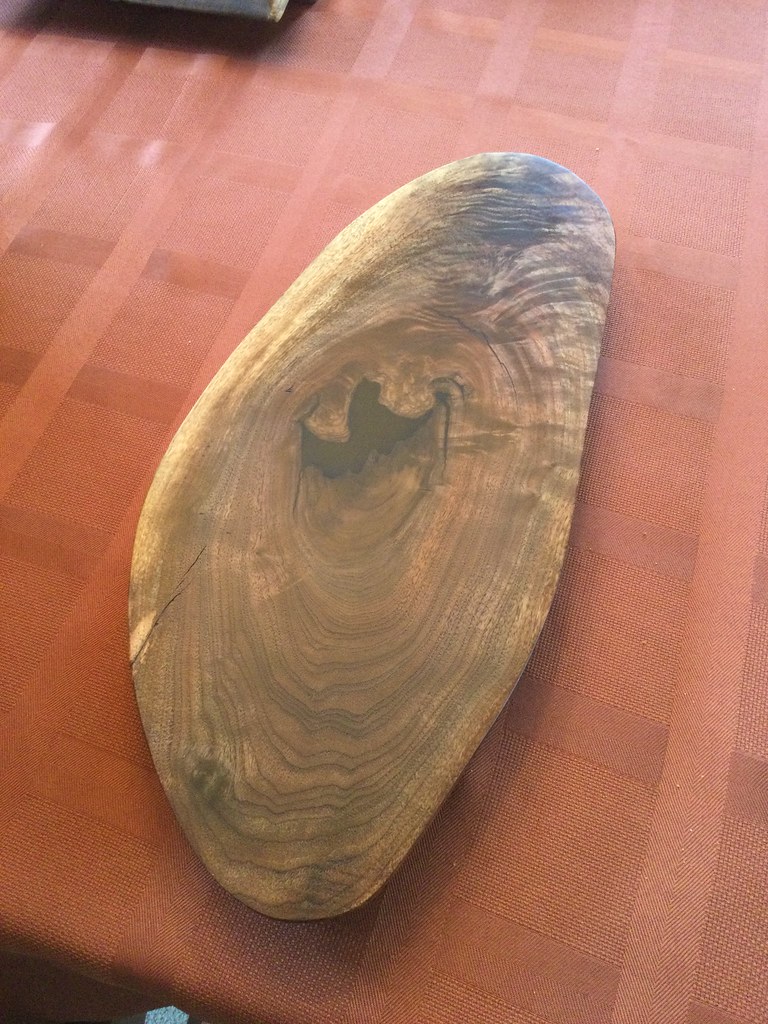OK - let me start by saying that I'm pretty sure it's not a good idea but I'm gonna ask anyway.
I have a 14" diam walnut salad bowl rough turned. It has come beautiful figure. But a bark inclusion went in way deeper than expected.
With all these river tables people are making with wood and epoxy pours it made me wonder if that might be a viable option. Some of these tables I have seen have the voids in the table filled with colored epoxy, then sanded and finished with poly. Others I have seen where they coat the entire table with epoxy as the final finish. Yet, I never hear of any bonding failures due to wood movement between the wood & epoxy.
But with a salad bowls usually finished with a walnut or other food safe oil and washed and dried after use I was concerned about the amount of potential wood movement.
Has anyone had any experience long term with filling voids or cracks with colored resin/epoxy specifically on salad bowls?
Thanks
Ricc




 Reply With Quote
Reply With Quote





